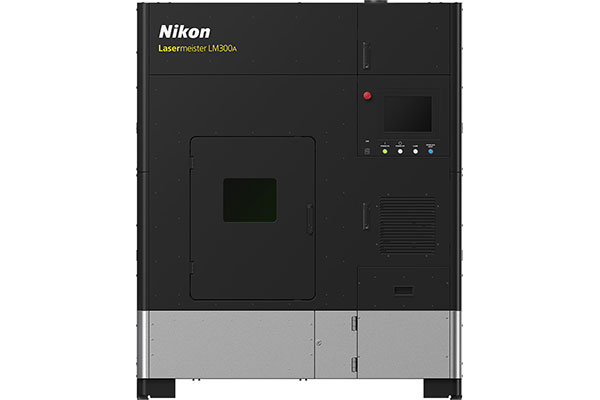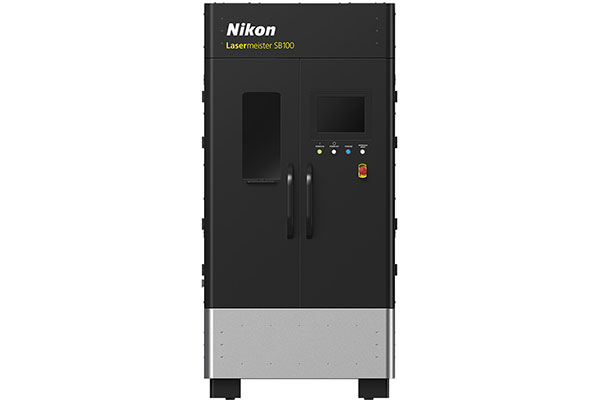Nikon Releases Metal Additive Manufacturing System, 3D Scanner
These products represent the latest strategic additions to the Nikon Advanced Manufacturing solutions portfolio.

Lasermeister LM300A metal additive system. Image courtesy of Nikon.
Latest News
April 10, 2024
Nikon Corp. has released its next-generation metal additive manufacturing system, the Lasermeister LM300A, which uses Directed Energy Deposition (DED) technology, as well as the complementary 3D scanner, Lasermeister SB100. These products represent the latest strategic additions to the Nikon Advanced Manufacturing solutions portfolio.
The Lasermeister 100A metal additive manufacturing system series was launched targeting mainly research purposes. Now, Nikon is introducing this latest solution specially developed for industrial applications. Building upon the proven high-precision processing capabilities of the previous systems, the LM300A supports an expanded build area and is also equipped with the newly developed 3D scanner, the SB100. This advanced 3D scanner supports factory automation by enabling users to scan each workpiece with the click of a button and then automatically generates the tool path data for the 3D printing process to begin. The successful pairing of the LM300A and SB100 deliver tremendous value to the industry, particularly for applications such as repairing turbine blades and molds.

By placing a workpiece (eg. worn-out blade) inside the SB100, with a click of a button, the module begins to scan and measure the workpiece inside the chamber. It then compares its current actual shape with its ideal CAD model to extract the difference, using a built-in high-precision scanning feature.
The SB100 then automatically generates the tool path data for repair specific to each damaged or worn-out workpiece.
This entire process is easily completed and does not require any special skills or manual cutting of the repair area. The tool path data is then transferred to the LM300A to initiate high-precision additive manufacturing. Once the additive process is completed, the workpiece can be placed back into SB100, where it will scan and inspect to confirm the repair was performed to its ideal model. This automation and streamlined workflow can contribute to reduced costs and lead time for industrial users.
Processing for Various Metal Materials
LM300A performs high-precision processing by leveraging advanced optical and precision control technology. In the case of turbine blade repair for example, the LM300A can process within the accuracy of +0 mm to maximum +0.5 mm difference for the XY-axis direction and +0.5 mm to maximum +1.5 mm difference for the Z-axis direction, achieving ultra-high precision. In addition, real-time laser power control by the melt pool feedback system delivers surface finishing and precise processing of parts.
The ability to build onto existing parts with high precision and providing this advanced repair solution that is compatible with a variety of materials is a key benefit of Nikon additive manufacturing technology. LM300A supports metal materials such as Nickel based alloy (Ni625, Ni718), Stainless Steel (SUS316L), High Speed Steel (SKH51/M2/HS6-5-2) and Titanium alloy (Ti64/Ti-6Al-4V).
Sources: Press materials received from the company and additional information gleaned from the company’s website.
Subscribe to our FREE magazine, FREE email newsletters or both!
Latest News
About the Author
DE’s editors contribute news and new product announcements to Digital Engineering.
Press releases may be sent to them via [email protected].





